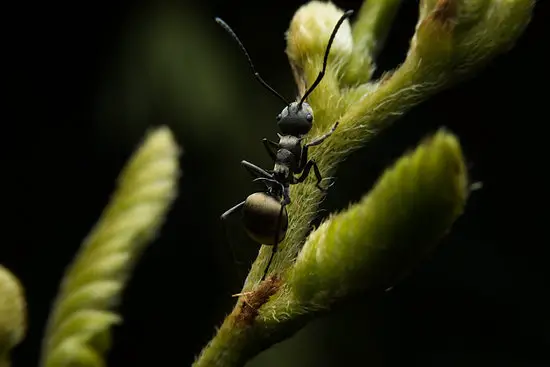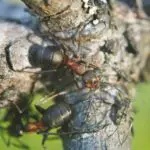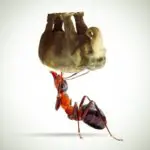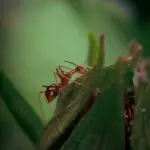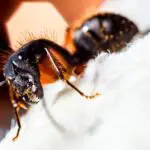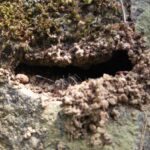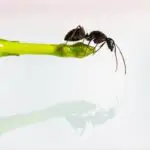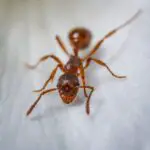How Do Ants Attract Aphids?
Usually ants do not eat aphids. Instead, ants protect aphids from predators. In return, aphids provide ants with food. Aphids produce a sticky substance called honeydew that ants consume.
Ants help aphids produce more honeydew. They pick up aphids with their mandibles. They massage the aphid’s abdomen to get it to release honeydew.
Ants can be found on nearly 4,700 species of aphids. Ants and aphids have developed a long-standing symbiotic relationship. This relationship, or mutualism, is beneficial for both species. Ants provide aphids with a protective shell and the aphids provide ants with a source of food.
In the past, ants have taken aphids hostage. When ants want to move an aphid colony, they will pick up the aphids and carry them to a new nest site. Ants then dispose of the aphids.
Ants also work to stop winged aphids. The wings of mature aphids are eaten by ants. Ants can also release chemicals that act as pheromone trails. These chemicals also help subdue aphids.
Ants have also been shown to manipulate reproduction of the inferior morphs. The researchers found that ants are more active in regulating reproduction rate of the red morphs. Ants also work to control the development of lower buds on host plants. This could lead to better long-term harvest of honeydew produced by the green aphids.
Ants are known for their complex behavior. They can carry 5,000 times their own weight. They can be found in gardens all over the world. Ants can also be found in your home. They are known for their ability to protect crops.
